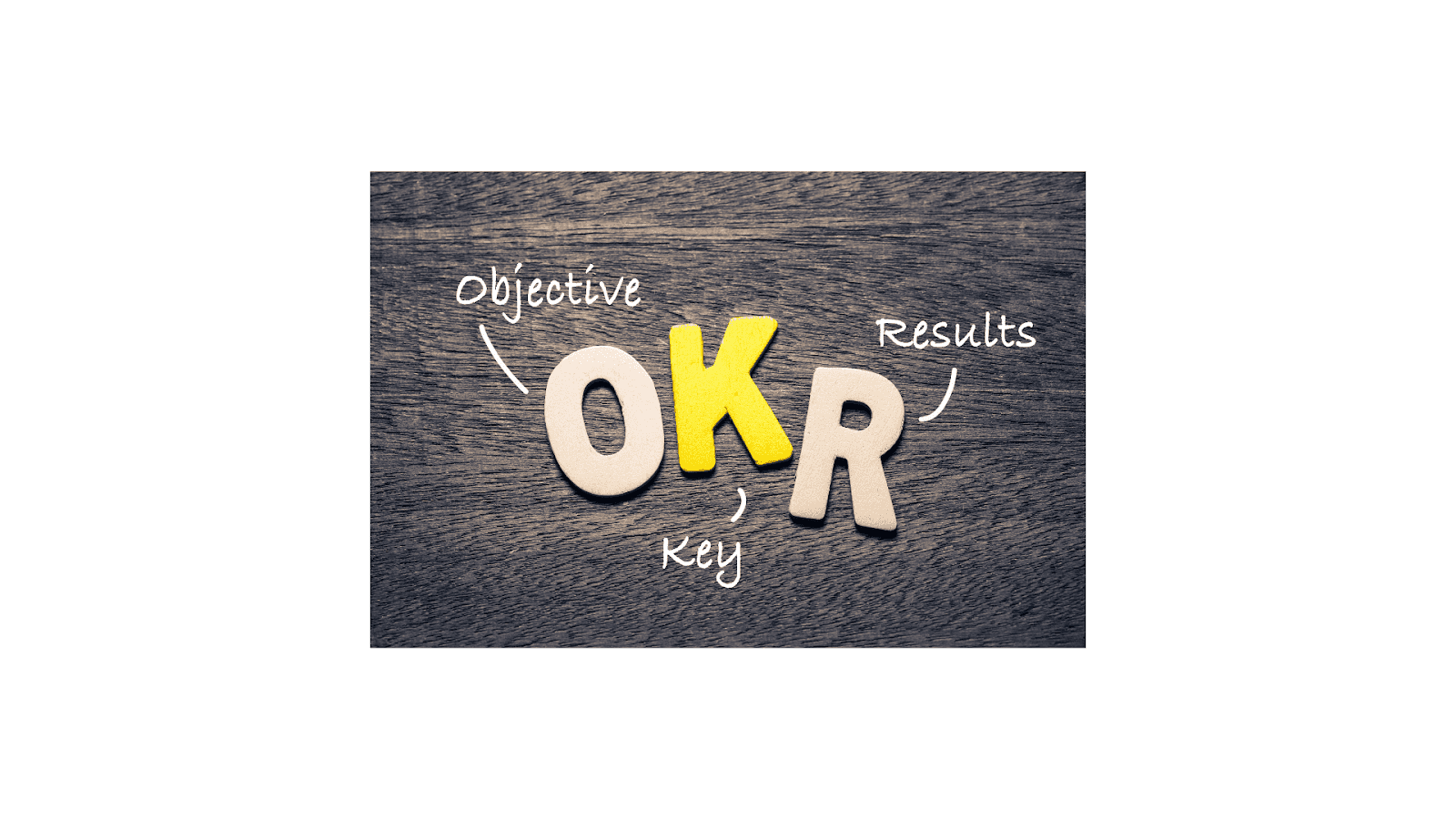Understanding OKRs: What is the Meaning of OKR and How They Drive Success
In today's fast-paced business environment, companies are constantly searching for effective ways to set goals, measure progress, and achieve results. One popular methodology that has gained significant traction is OKR, which stands for Objectives and Key Results. But what exactly is the meaning of OKR, and how do they drive success? Let's dive in to understand this powerful framework.
What is the Meaning of OKR?
OKR stands for Objectives and Key Results. This framework was popularized by Intel and later adopted by many successful companies, including Google, to ensure alignment and engagement around measurable goals. The meaning of OKR is simple:
- Objective: A clear, concise statement that defines a goal to be achieved. Objectives are qualitative and inspirational, providing direction and motivation.
- Key Results: Specific, quantifiable outcomes that measure the achievement of the objective. Key results are typically numerical and help track progress towards the objective.
How Do OKRs Drive Success?
- Clarity and Focus: OKRs help organizations, teams, and individuals to define what really matters. By setting clear objectives and measurable key results, everyone understands the priorities and can focus their efforts accordingly.
- Alignment: OKRs ensure that everyone in the organization is working towards the same goals. This alignment fosters collaboration and reduces the risk of working in silos. When all teams and employees are aligned, the organization moves forward more efficiently and effectively.
- Transparency: OKRs are usually shared openly within the organization, promoting a culture of transparency. This openness encourages accountability, as everyone can see each other’s goals and progress. It also fosters trust and cooperation among team members.
- Motivation: Setting ambitious but achievable objectives inspires and motivates employees. Knowing that their work contributes to significant organizational goals gives them a sense of purpose and drives engagement.
- Measurable Progress: The key results provide a clear way to measure progress. This quantifiable approach allows for regular check-ins and adjustments, ensuring that the organization stays on track. It also makes it easier to celebrate successes and learn from failures.
- Agility: The OKR framework is typically implemented in quarterly cycles, which allows organizations to be agile and responsive to changes. By regularly reviewing and updating OKRs, companies can adapt to new opportunities and challenges quickly.
Implementing OKRs
To effectively implement OKRs, follow these steps:
- Set Clear Objectives: Define what you want to achieve. Make sure the objectives are inspiring and align with the overall strategy of the organization.
- Define Key Results: Determine how you will measure the achievement of each objective. Ensure that the key results are specific, measurable, achievable, relevant, and time-bound (SMART).
- Communicate and Align: Share the OKRs with all employees to ensure everyone is on the same page. Encourage teams and individuals to set their own OKRs that align with the company-wide goals.
- Track Progress: Regularly review the key results to track progress. Use these reviews to provide feedback, make adjustments, and ensure that everyone remains focused on the objectives.
- Reflect and Learn: At the end of the cycle, reflect on what was achieved, what was not, and why. Use these insights to improve the next cycle of OKRs.
Conclusion
OKRs are a powerful tool for driving success in any organization. By setting clear objectives and measurable key results, companies can ensure alignment, transparency, and accountability. This framework not only helps in achieving goals but also fosters a culture of continuous improvement and motivation. Whether you're a startup or a large enterprise, understanding and implementing OKRs can significantly enhance your organizational performance.
Further Reading
- Unlocking the Potential of People Analytics in Your Organization
- The Misconceptions and Realities of Digital Transformation
- The Quick Guide to Elevating Your Performance Reviews with ILPApps
Ready to find out more?

